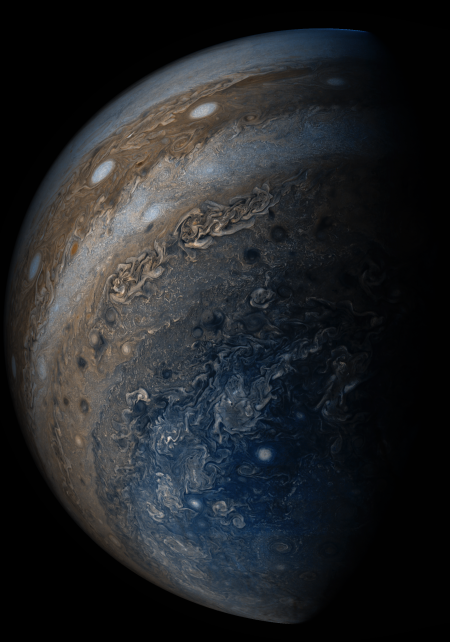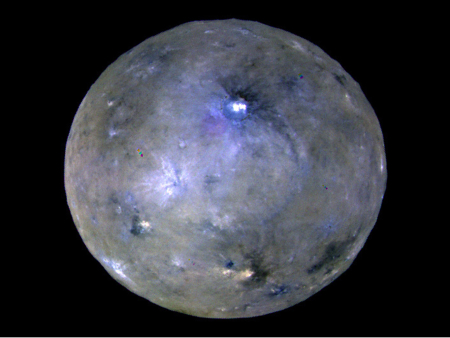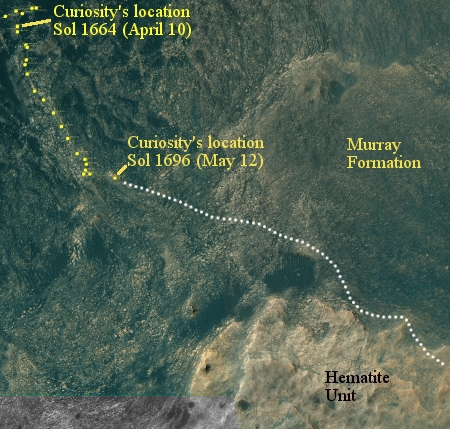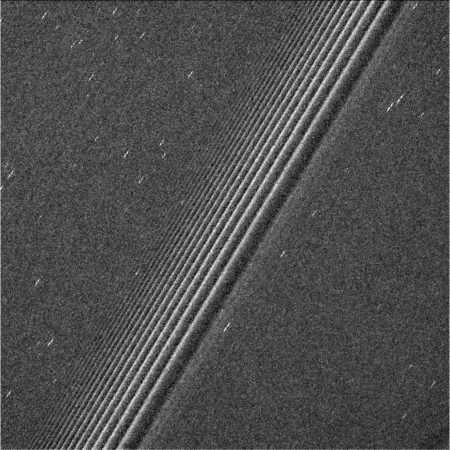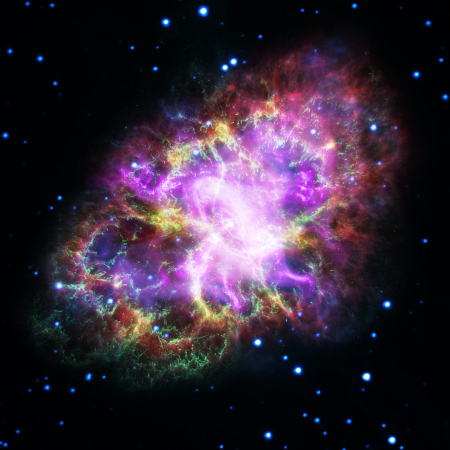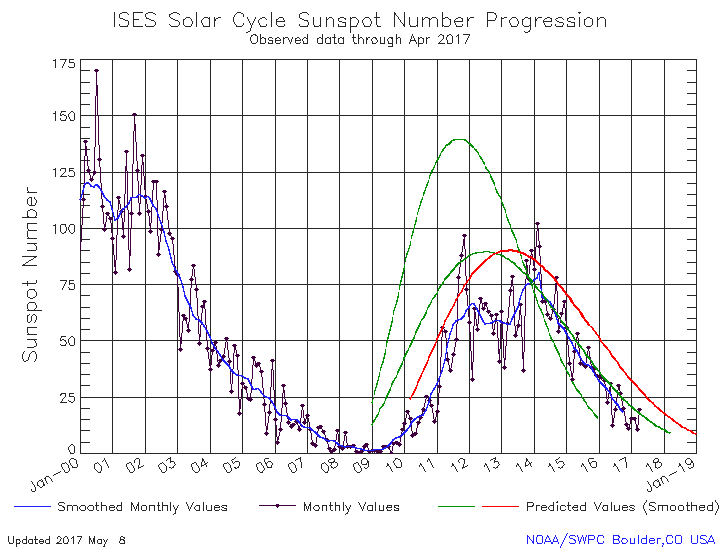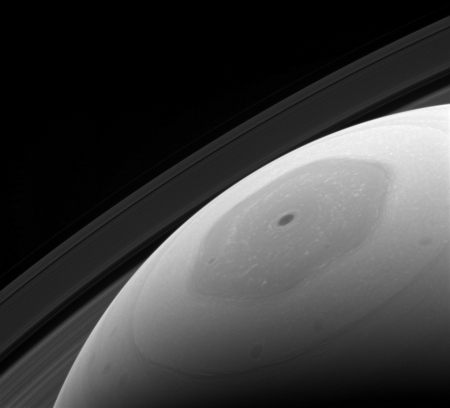Dog sits on editorial board of seven medical journals
An Australian professor wondered if he could get his dog Ollie picked to be on the editorial board of a number of medical journals, and was astonished to discover seven who agreed without reservations.
Ollie’s owner is Mike Daube, Professor of Health Policy at Curtin University in Perth. Ollie likes to watch Mike working on his computer, and Mike gets a lot of emails from predatory journals. Wondering just how low these journals would go, he put together a curriculum vitae for his dog – detailing research interests such as “the benefits of abdominal massage for medium-sized canines” – and sent it off to a number of these journals, asking for a spot on their editorial boards.
Remarkably, the vast majority accepted Ollie without demur, and her name now adorns several journal websites. Ollie is a trailblazer, Professor Daube says, being the first dog ever to get on the editorial board of a journal.
“What makes it even more bizarre is that one of these journals has actually asked Ollie to review an article. It’s entitled “Malignant peripheral nerve sheath tumours and their management.” Some poor soul has actually written an article on this theme in good faith, and the journal has sent it to a dog to review.”
The article provides a nice look at the problems facing the modern peer review journal field.
An Australian professor wondered if he could get his dog Ollie picked to be on the editorial board of a number of medical journals, and was astonished to discover seven who agreed without reservations.
Ollie’s owner is Mike Daube, Professor of Health Policy at Curtin University in Perth. Ollie likes to watch Mike working on his computer, and Mike gets a lot of emails from predatory journals. Wondering just how low these journals would go, he put together a curriculum vitae for his dog – detailing research interests such as “the benefits of abdominal massage for medium-sized canines” – and sent it off to a number of these journals, asking for a spot on their editorial boards.
Remarkably, the vast majority accepted Ollie without demur, and her name now adorns several journal websites. Ollie is a trailblazer, Professor Daube says, being the first dog ever to get on the editorial board of a journal.
“What makes it even more bizarre is that one of these journals has actually asked Ollie to review an article. It’s entitled “Malignant peripheral nerve sheath tumours and their management.” Some poor soul has actually written an article on this theme in good faith, and the journal has sent it to a dog to review.”
The article provides a nice look at the problems facing the modern peer review journal field.

